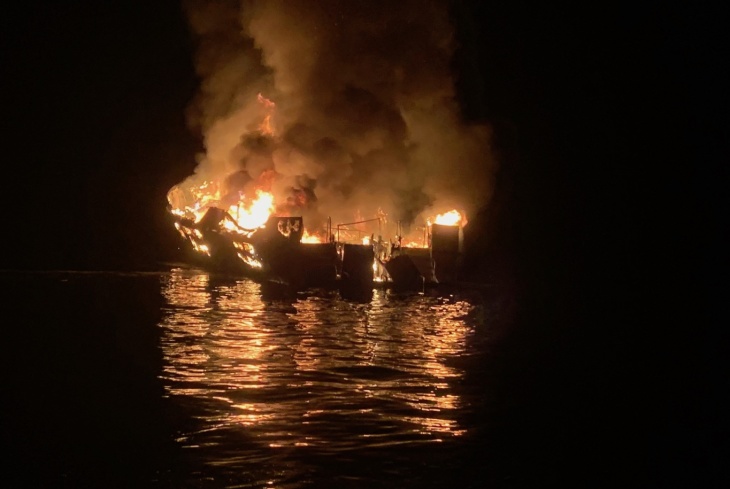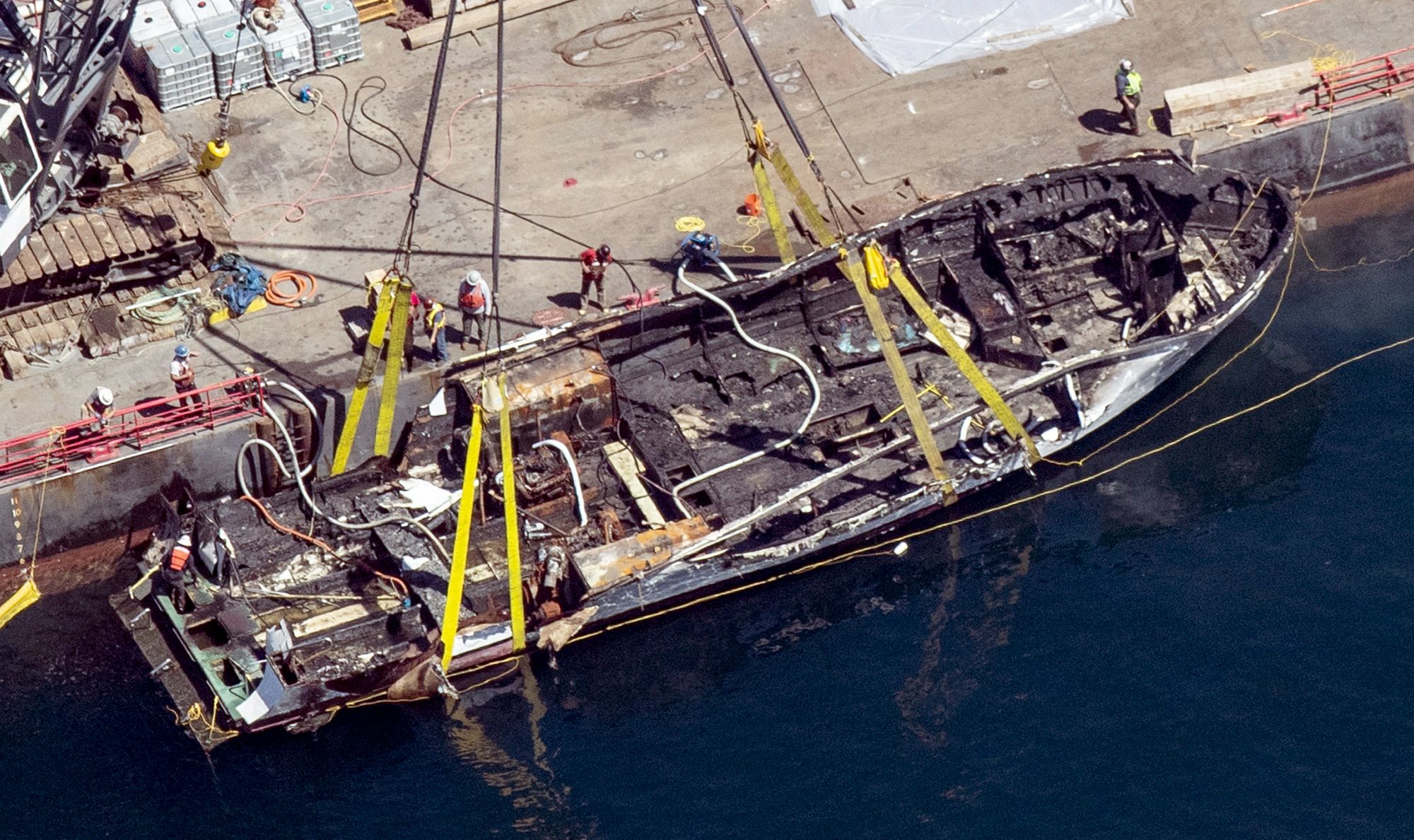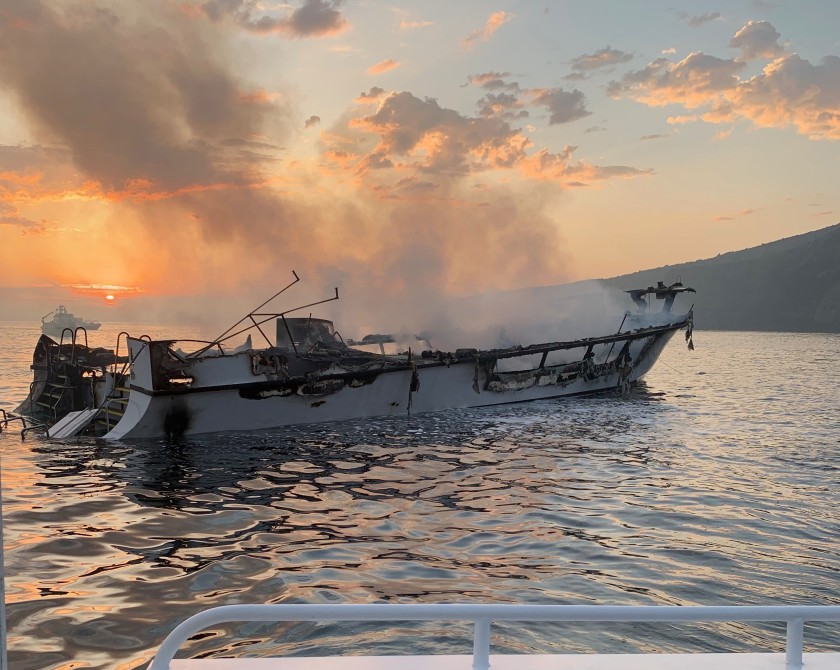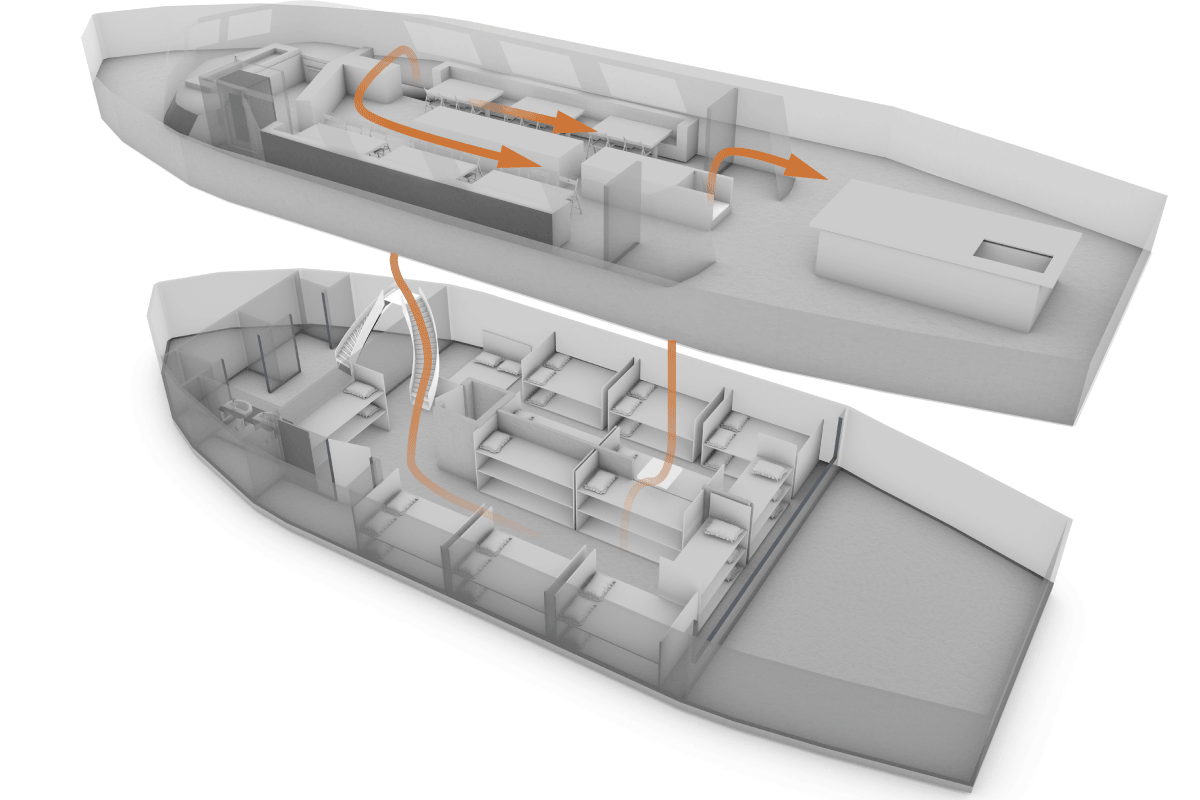Coast Guard to Enact New Safety Rules After Conception Fire
More than a year after the worst maritime disaster in modern California history, the United States Coast Guard is putting in place a series of rules and reforms intended to make smaller passenger vessels safer. The changes come in response to the 2019 Labor Day fire aboard the dive boat Conception that was anchored off the Channel Islands near Ventura, Calif. The incident killed 34 people and exposed serious flaws in boat safety that were later detailed by a National Transportation Safety Board (NTSB) investigation.
Failed Oversight
Coast Guard officials told the NTSB last week that they agreed with seven recommendations for major changes including mandatory checks to ensure that roving watches occur, improved smoke-detector systems, required safety management systems and better emergency exit routes.
The NTSB found all of these things were lacking aboard the Conception when the 75’ (22.86 m) long boat caught fire in the early morning hours of September 2, 2019, killing 33 passengers and one crewmember, all of whom were sleeping below deck. The board concluded in October that the boat’s owner, Truth Aquatics, failed to have effective oversight of the vessel and didn’t operate a required roving watch that likely would have detected the fire sooner.
The NTSB cited the failure by the boat’s captain, Jerry Boylan, to comply with a Coast Guard requirement for roving watch when passengers are below deck. He was charged last November with 34 counts of seaman’s manslaughter.
While most of the blame was on Truth Aquatics, the NTSB also said the undetected growth of the fire was due to the lack of United States Coast Guard regulatory requirements for smoke detectors. The board also said that the Coast Guard also had not implemented the NTSB’s previous recommendations for mandatory safety management systems for small passenger boats and had allowed older vessels like the Conception to have insufficient emergency exits.
New Rules
According to the Los Angeles Times, Vice Admiral Scott A. Buschman, the deputy commandant for USCG Operations, concurred with the NTSB recommendations that newly constructed and existing small-passenger vessels with overnight accommodation should have interconnected smoke detectors. The smoke-detector provision was included in legislation enacted last fall and the Coast Guard is reportedly making new regulation to require interconnected fire detection equipment in all areas where passengers and crew have access.
As mentioned above, much of the conversation around the Conception fire has centered on the lack of a roving watch. The NTSB members noted that the Coast Guard hasn’t required logs of roving watches, but going forward, it will and will create a concentrated inspection program.
The Coast Guard agreed with the NTSB that new and existing vessels with overnight accommodations must have better means of escape. The escape routes aboard the Conception were found to be inadequate because both led to the same area that was engulfed in flames. The NTSB recommends that boats have a secondary means of escape into a different space than the primary exit. The Elijah E. Cummings Coast Guard Authorization Act passed last December requires vessels to have two independent means of escape.
The NTSB reiterated its recommendation that all U.S.-flagged passenger vessels implement safety management systems. Buschman allegedly agreed with the intent of the recommendation and said the Coast Guard is seeking public comment through April on implementing this rule.



